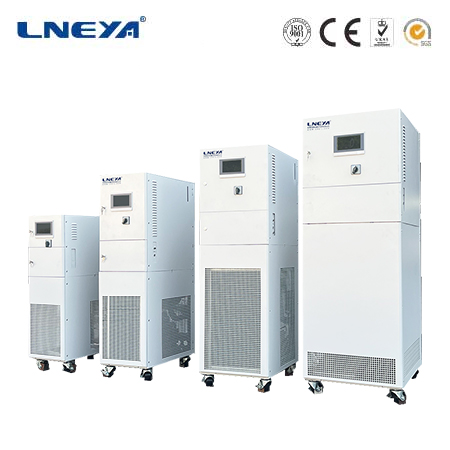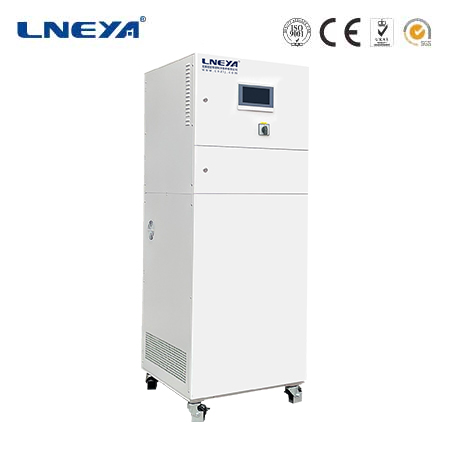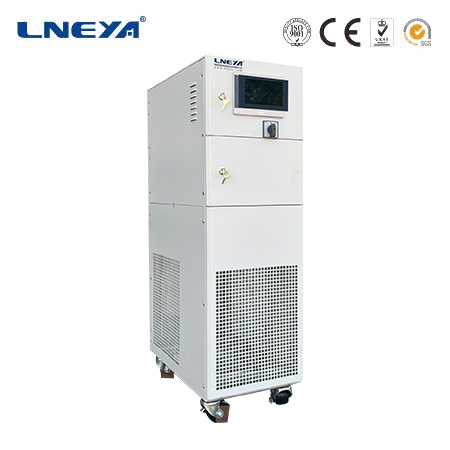3 ton glycol chiller
3 Ton Glycol Chiller: Precision Cooling for Industrial Applications
Introduction
A 3-ton glycol chiller is a crucial component in industrial processes where precise temperature control is required. These chillers use a mixture of water and glycol to cool equipment and processes, providing consistent and reliable temperature management. This article delves into the details of 3-ton glycol chillers, including their design, efficiency, applications, and maintenance.

Design and Components
A 3-ton glycol chiller is designed to handle the heat load of processes that require cooling. The system typically includes:
Compressor: The heart of the chiller, responsible for compressing the refrigerant.
Condenser: Where the refrigerant releases heat to the ambient air or a cooling tower.
Evaporator: Where the refrigerant absorbs heat from the glycol-water mixture.
Pumps: Used to circulate the glycol-water mixture through the process.
Reservoir: Stores the glycol-water mixture.
Efficiency and Glycol Concentration
The efficiency of a glycol chiller is influenced by the concentration of glycol in the mixture. A common ratio is 60/40 (glycol to water), which provides optimal antifreeze properties. However, the ideal ratio can vary based on the application and environmental conditions.

Applications
3-ton glycol chillers are used in a variety of industries, including:
Breweries: For cooling fermentation tanks and conditioning tanks.
Food Processing: To maintain precise temperatures in processing and storage areas.
Pharmaceutical: For temperature control in manufacturing and research facilities.
Plastics: To cool machinery and processes that require stable temperatures.
Maintenance
Proper maintenance is essential for the longevity and efficiency of a 3-ton glycol chiller. Regular maintenance tasks include:
Inspecting Glycol Levels: Ensuring the reservoir has sufficient glycol to prevent damage to the chiller.
Checking Glycol Concentration: Using a refractometer to maintain the correct concentration for optimal performance.
Cleaning: Regularly cleaning the evaporator and condenser coils to maintain heat transfer efficiency.

Inspecting Electrical Components: Checking for proper wiring, connections, and electrical safety.
Optimization Strategies
To optimize the performance of a 3-ton glycol chiller, consider the following strategies:
Proper Sizing: Ensure the chiller is appropriately sized for the heat load to avoid inefficiencies.
Regular Servicing: Schedule regular servicing to identify and address potential issues before they become critical.
Energy Management: Implement energy management practices, such as variable speed drives on pumps, to reduce energy consumption.
Conclusion
A 3-ton glycol chiller is a vital piece of equipment in many industrial processes. By understanding its design, maintaining the correct glycol concentration, and implementing proper maintenance practices, operators can ensure efficient and reliable cooling. Regular inspections and cleaning, along with energy management strategies, contribute to the longevity and optimal efficiency of these chillers.
Related recommendations
heated circulating baths
436Heated Circulating Baths: A Comprehensive GuideIntroductionHeated circulating baths are specialized laboratory and industrial equipment designed to provide precise temperature control for various ...
View details1 ton water chiller price
535Understanding the Price of a 1-Ton Water Chiller A 1-ton water chiller is an essential piece of equipment for cooling applications in various industries, including commercial HVAC systems and i...
View detailswater bath cooling system
649Water Bath Cooling Systems: Precise Temperature Regulation for Diverse Applications Water bath cooling systems are vital in scientific and industrial settings for their ability to provide accur...
View detailsindustrial process heating systems
351What are Industrial Process Heating Systems? Industrial process heating systems are specialized systems designed to provide controlled heat for various industrial processes. They are essential ...
View details
 LNEYA Thermal Test Chillers
LNEYA Thermal Test Chillers







HelloPlease log in